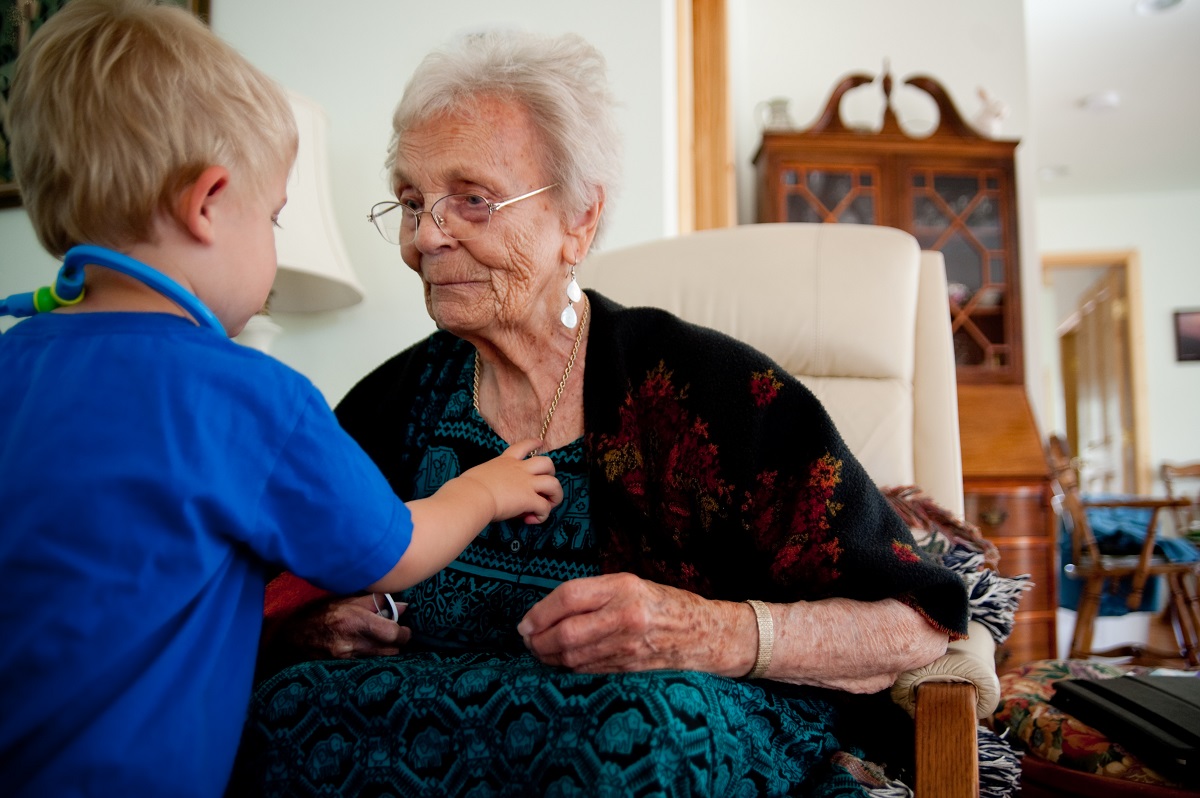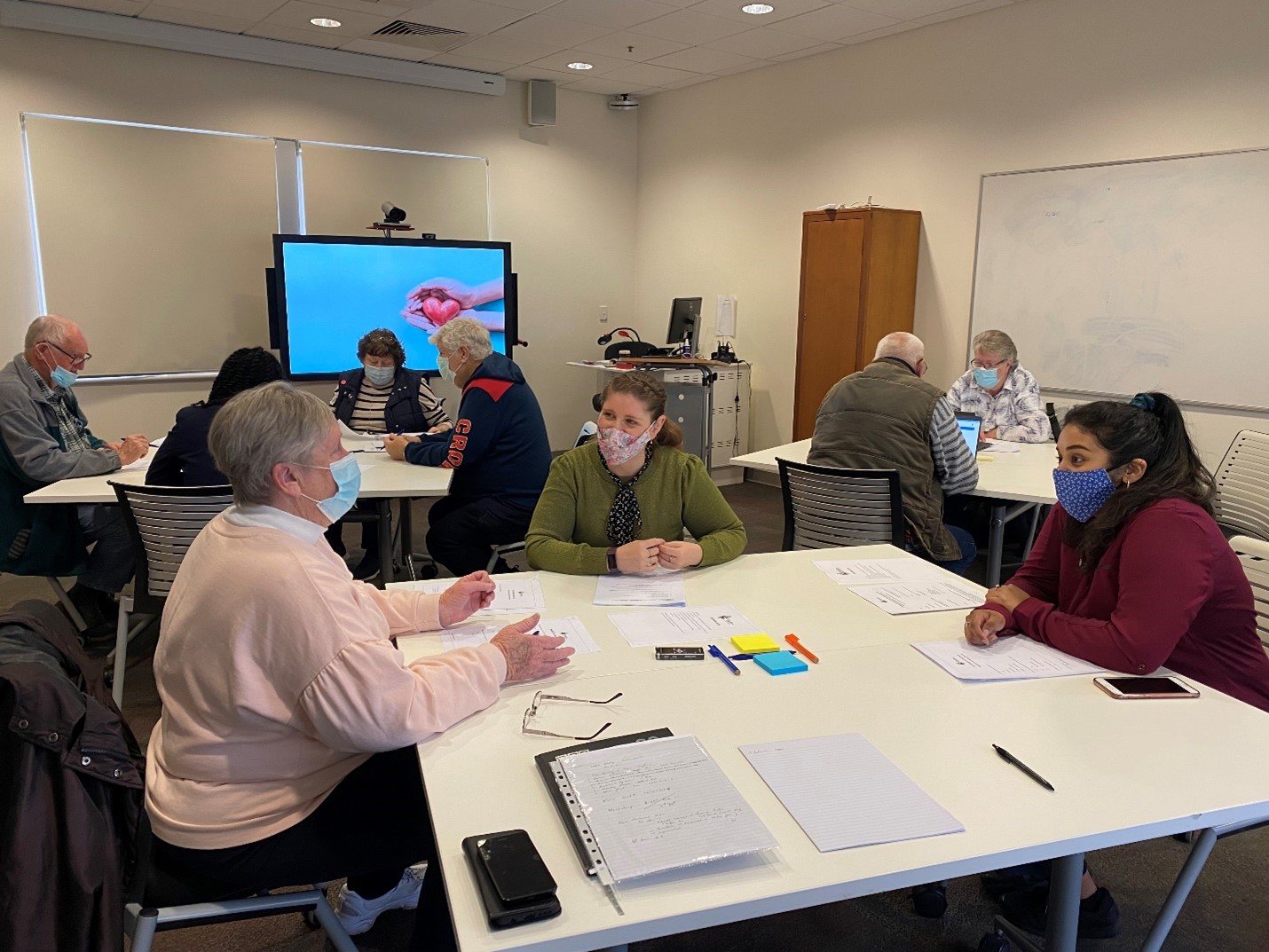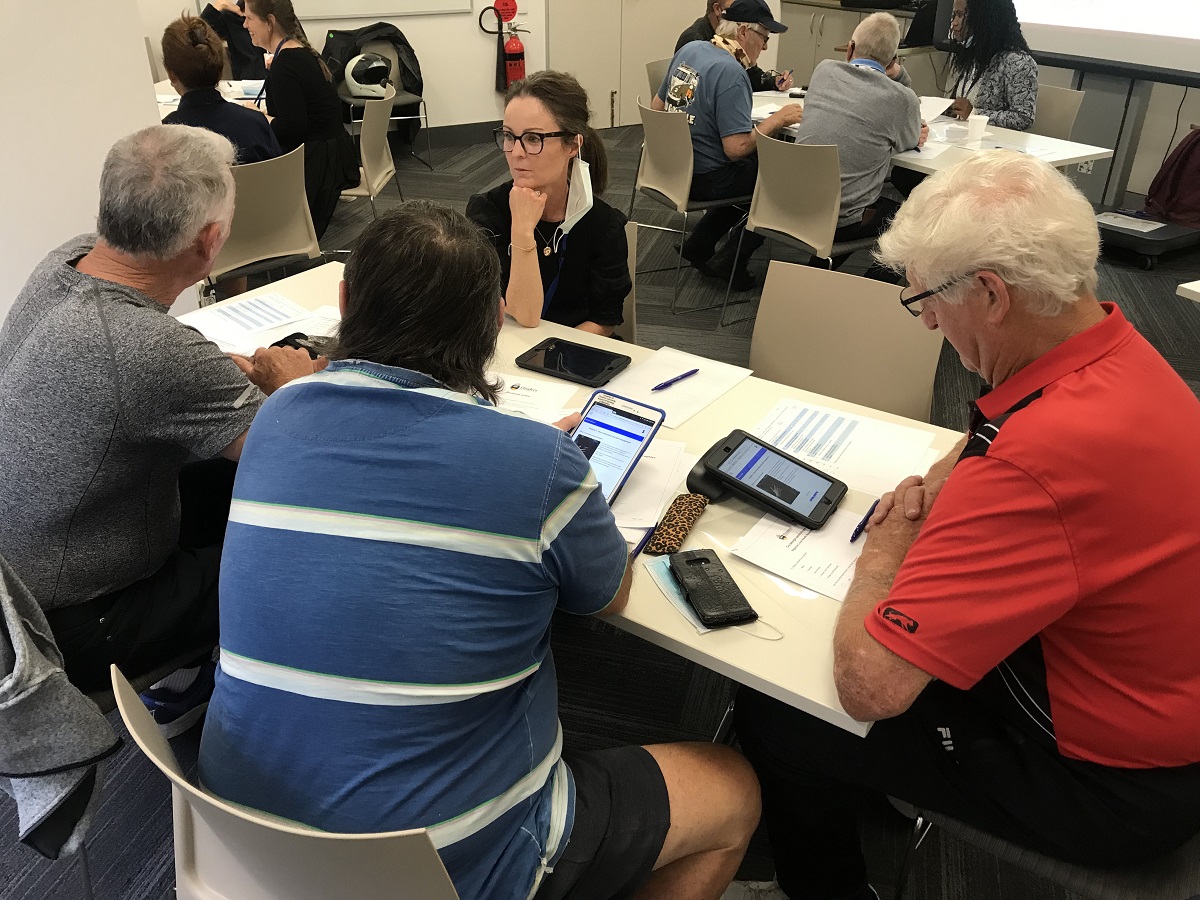
The Country Heart Attack Prevention (CHAP) Project, led by Flinders Caring Futures Institute researcher Professor Robyn Clark with funding from the National Health and Medical Research Council, is celebrating the co-design of a web-based cardiac rehabilitation tool after completing in-depth engagement with regional and rural consumers.
Face-to-face rehab normally involves educating patients about lifestyle factors such as nutrition, smoking, pre-existing health conditions and other risk factors that likely contributed to the cardiac event, often in conjunction with an exercise program. Over a six- to eight-week period, clinicians support cardiac patients, often restructuring their diet and prescribing medication to avoid hospital readmission.
“We know that cardiac rehab is invaluable for preventing a secondary cardiac event, but we also know that only 20 to 50 per cent of people go,” Prof Clark explains.
Geographic isolation is considered the main obstacle to participation in regional and rural areas. Face-to-face rehabilitation normally occurs during business hours, with many patients finding it difficult to travel long distances to attend, especially if they have returned to work.
“What we want to do is design a standardised, tailorable, evidence-based cardiac rehab program that hits all those high points and gives them all of the information they need to get back on their feet,” Research Associate Dr Stephanie Champion says.
“We’re really hoping those people who say “No” to cardiac rehab, think again. We need them to realise it’s something they can do in their own time, at their own pace.”
The CHAP Project is a partnership between consumers, policy makers, service providers, clinicians and researchers to integrate research evidence into policy and practice for the delivery of rural and remote cardiac rehabilitation.
The research team determined a web-based program of care, incorporating the essential components, would address issues around access, with the aim of increasing participation and completion of rehab. The team engaged with clinicians, patients and their families to meet this goal.
Researchers visited six regional centres across South Australia in late 2020 and early 2021, consulting people who had accessed traditional cardiac rehabilitation. The research team repeated the process in late 2021, following up with many of the same participants to co-design the online program.
“We asked people who had experienced face-to-face cardiac rehab what they liked about it, and what they thought needed to be included online to achieve positive outcomes,” Dr Champion says.
Many participants enjoyed the physical activity component and the social aspect of doing rehab with others who had been through the same experience, which presented researchers with the challenge of finding ways people could remain connected while accessing the program online.

The primary focus was obtaining detailed feedback on a prototype of CATCH Web, the new online cardiac rehab program being embedded in the state’s health system.
“They gave us some great feedback, which was passed on to our developers who were able to implement it,” Prof Clark says. “We were on the ground, at the coal face, really talking to the folks that matter.”
CATCH Web will be offered to all South Australians living in regional and rural areas who experience a cardiac event.
Because it has been co-designed with consumers, the web-based program has been well received in recent usability and acceptability testing, with consumers noting design features discussed in the development phase appearing in the website itself.

Dr Champion says, “We wanted to make sure the program interface is attractive and useful and delivers the same kind of experience that you might get face-to-face.”
The research team says the project is also about challenging a stereotype that older people, overrepresented in this area, are unlikely to engage with an online program of care.
“There’s this perception that older people have been left behind by technology,” Prof Clark notes. “It’s simply not true – they have smart phones, activity trackers and other devices they’re using to manage their lives electronically,” she says, adding this group want to feel empowered and informed about their own health.
The web-based cardiac rehabilitation program forms a key part of the CHAP Project, driven by a state-wide team of cardiac clinicians and researchers and backed by distinguished partnerships with HTSA, SA Health, Country Health SA, Country Primary Health Network, Heart Foundation, AstraZeneca, Novartis, Flinders Foundation, Cardiac Society of Australia and New Zealand, Royal Australian College of General Practice, Australian Cardiac Rehabilitation Association and Exercise Scientists Society of Australia.
You can keep up to date on the CHAP Project by visiting the website or following CHAP on Twitter.

